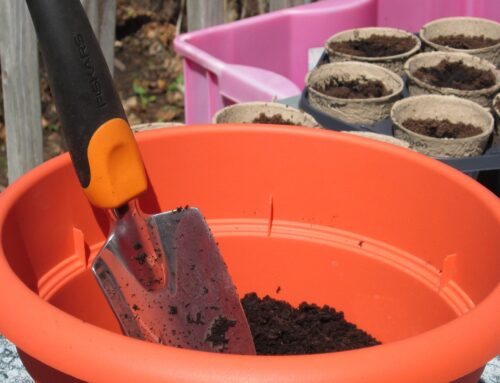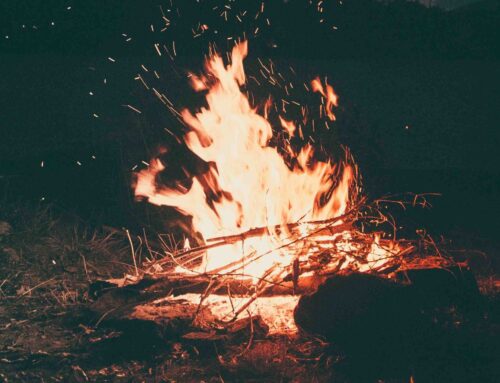To create a successful and comprehensive emergency plan and survival kit, you have to think ahead and consider everything. There is more to a survival plan than extra water and batteries. You also need to consider what you need to have to survive outside of your home for a potentially extended amount of time. Survival shelters are as varied as the people that build and live in them. Some shelters are so simple you can keep all of the supplies in a small bag; others are more complicated than huge, underground luxury homes. Whatever kind of survival shelter you use, there are many factors to consider.
How Many People
Planning a survival shelter for a family of three is a bit less complicated than a family of fifteen. While you, your spouse, and your child might be able to cozy up in a tent or under a tarp, it’s pretty unlikely that your whole extended family could fit in there with you. Lay down the numbers. Assume enough space to lie down for each person, some space to move around and a safe to store your stuff. It goes without saying, the more people you have, the more stuff you’ll need!
How Long Are You Planning For
How long you plan for is up to you. Most survival manuals and experts recommend planning for 72 hours to two weeks at the very least to allow time for rescue after a disastrous event. Some people prefer to build or purchase a survival shelter that they could live in for an extended period of time. So this is something to think about as well, because a simple tent or tarp might only last you so long.
Portable or Built In
As mentioned before, survival shelters come in many forms. Would you prefer to be able to take your shelter on the road with you, or would you prefer it to be built underground where you will remain stationary? Technology has made tents able to be stored in smaller and smaller bags, and are so lightweight. Makes moving around much easier.
Some people will look around for public solutions, and others will prefer to prepare at home and build bunkers (that can be very expensive) go for easier root cellars (less costly).
 If you are planning to build a stationary shelter (small or large bunker, shipping container, root cellar, basement safe room…) deciding on the location matters as well. You might decide to build a shelter right on your home property, or you might choose a secluded area so that you are hidden from any potential wanderers or other dangers.
If you are planning to build a stationary shelter (small or large bunker, shipping container, root cellar, basement safe room…) deciding on the location matters as well. You might decide to build a shelter right on your home property, or you might choose a secluded area so that you are hidden from any potential wanderers or other dangers.
Comforts of a Shelter
What you want or need inside your survival shelter will help to determine the type or size of shelter will be best for you. Some people only want the very basics, with enough space for everyone to be inside safely with a small stockpile of supplies. Others prefer to go all out, with bedrooms, kitchens, and bathrooms. Plan wisely, the more space you’ll need, the more expensive this project will get.
Types of Survival Shelters
1. The most basic
Tarp: A relatively basic structure can be built with a tarp and some rope. It might not be fancy, but it will provide some cover from the wind and rain and can travel with you just about anywhere.
Tent: A decent tent will protect you quite a bit more than just a tarp, and can also be taken down and put back up easily, and carried with you if you find yourself on the move.
2. Intermediate options
Storm shelter: Storm shelters can be above ground or below ground, and can be installed just about anywhere on your property without being too expensive. Most of these shelters are going to be pretty basic, with a sitting room for a few people and a small area for supplies. These shelters are usually for short-term shelter, but could potentially sustain you for a few days if you have enough supplies.
Small bunker: Whether near your home or in a secret location, bunkers can be built underground and provide a few more comforts than a basic storm shelter. Some bunkers can be built with bathroom facilities and more than one room.
3. Home away from home
Some bunkers go all out, really providing you with a home away from home. These bunkers can range from small apartments, to large living facilities where quite a few people can live comfortably. These bunkers can even be built with all of the amenities you are used to in your daily life, including plumbing, electricity, and even cable and internet hookups.
Finally, a cabin in the country is also a nice option. Make sure it’s on a large land and surrounded by trees so it’s not easily visible from roads, rivers, mountain tops, etc…
Choosing the right survival shelter for you and your family depends on so many factors! However, most decisions will be made based on budget and timing. Do your research before deciding on which survival shelter will be best for you, and remember to cover all of your bases so that you are ready if an emergency strikes.







When people ask A fast on the move shelter that I use weekly as a guide and outfitter in the Canadian Rockies I highly recommend a kufaru tent-tipi out of Colorado we love these light weight tents and our wood stoves inside meet our all weather requirements !